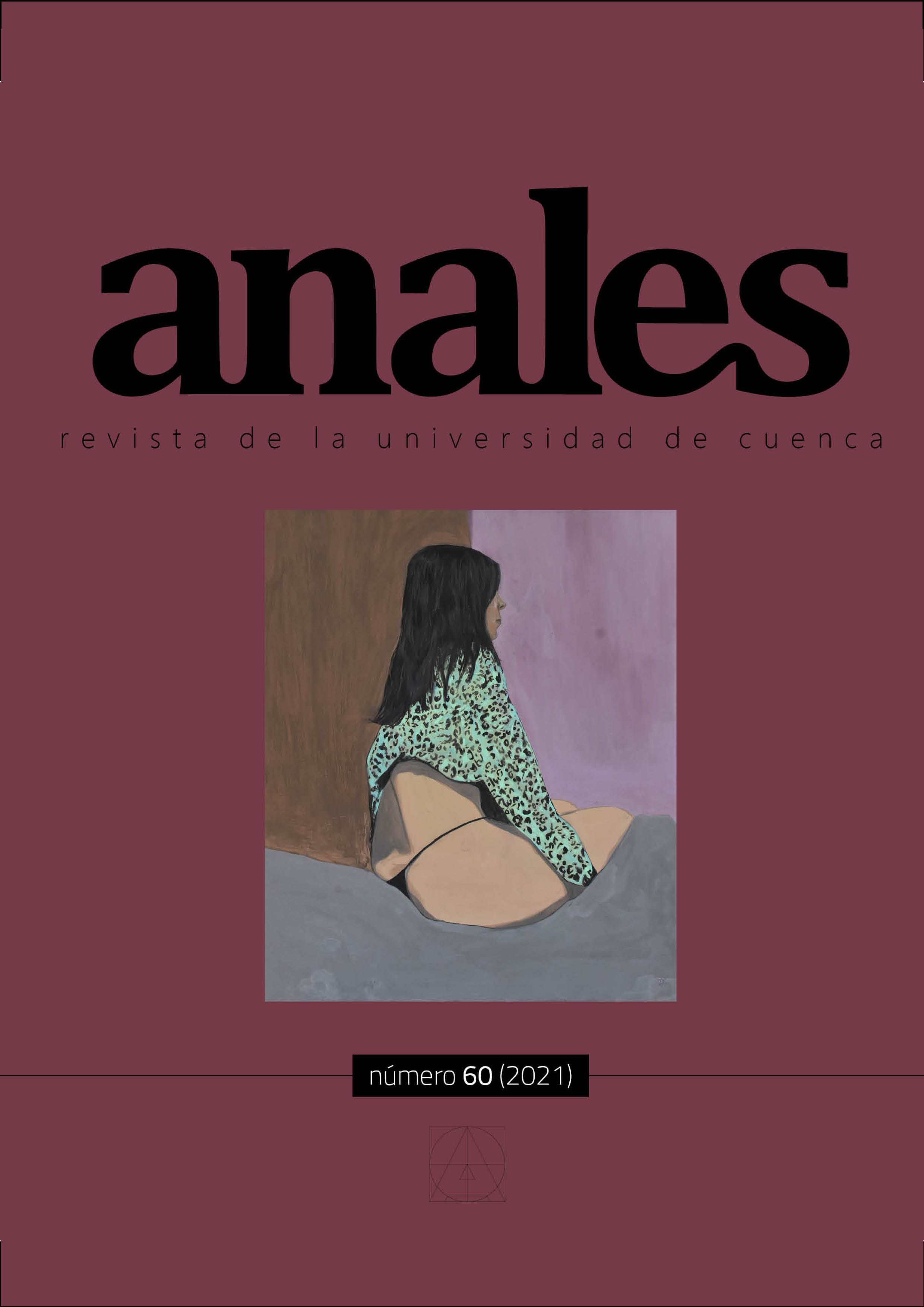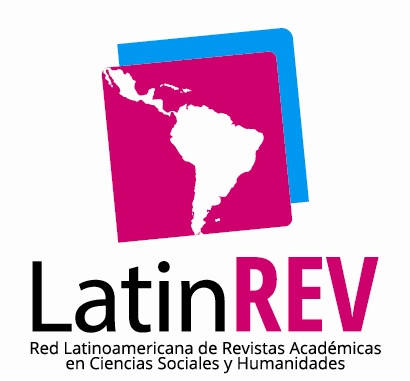Informal habitats and urban vulnerabilities. Ecosocial imaginaries between artistic and cultural practices
DOI:
https://doi.org/10.18537/auc.60.03Keywords:
Informal habitats and architectures, urban vulnerabilities, ecosocial imaginaries, collaborative artistic and cultural practices.Abstract
This text tries to analyze some artistic and cultural practices carried out by and with ordinary people in so-called “informal” settlements, which are considered places of conflict, but also of life and of the future. It is not about offering a picturesque view of the marginal suburbs, nor is it about romanticizing the daily practices of the marginalized and oppressed by the need to provide a roof and a dignified life. On the contrary, the objective is to make visible the imaginative potential that these subjects possess to procure an adequate habitat for survival, generating, in addition, their own aesthetic expressions from mostly recycled materials. With this they highlight the existence of other knowledge related to daily experience that is essential for the social transformation and improvement of their communities, while at the same time being built as places of dissent, of feeling in a different way.
The framework in which this study is developed is the historical moment that we have had to live, whose hegemonic modern colonial capitalist gender civilizational model is characterized by an exacerbated persistence of extractivism, dispossession and exploitation of human and non-human life, with a greater incidence and repercussion in the global south. To put it into discussion, we will approach, from art history, visual culture studies and decolonial studies, to the ecosocial imaginaries proposed by the Guatemalan architect and urban planner, Teddy Cruz, the Slovenian artist and architect Marjetica Potrč, and the artistic collective interdisciplinary Learning Group.
Downloads
References
Albán, A. (2013). Pedagogías de la re-existencia. Artistas indígenas y afrocolombianos. En C. Walsh (Ed.) Pedagogías decoloniales: prácticas insurgentes de resistir, (re) existir y (re) vivir, I (pp.463-468). Abya Yala.
Albet, A., Clua, A. y Díaz, F. (2012). Resistencias urbanas y conflicto creativo: lo público como espacio de reconocimiento. En J. Nogué y J. Romero (Eds.) Las otras geografías (pp. 405-424). Tirant Humanidades.
Bhabha, H. (2002). El lugar de la cultura. Manantial.
Dirlik, A. (1994). The Postcolonial Aura: Third World Criticism in the Age of Global Capitalism. Critical Inquiry, 20 (2), 328-356. http://www.jstor.org/stable/1343914
Escobar, A. (2010). Territorios de la diferencia. Lugar, movimientos, vías, redes. Envión. http://www.ram-wan.net/restrepo/documentos/Territorios.pdf
Farrés, Y. y Matarán, A. (2014). Hacia una teoría urbana transmoderna y decolonial: una introducción. Polis, 13 (37), 339-361. doi.org/10.4067/S0718-65682014000100019
Learning Group (2005). [Learning Book #001] [Collecting System]. http://www.learningsite.info/learningbook001.pdf
Mandoki, K. (1994). Prosaica. Introducción a la estética de lo cotidiano. Grijalbo.
Mohanty, C. (2008). De vuelta a Bajo los ojos de Occidente: La solidaridad feminista a través de las luchas capitalista. En A. R. Hernández, y L. Suárez (Eds.) Descolonizando el feminismo. Teorías y prácticas desde los márgenes (pp. 404-464). Cátedra, Universitat de València, Instituto de la mujer.
Montaner, J. M. (2012). Vulnerabilidades urbanas: separar, olvidar, deshabitar. En J. Nogué y J. Romero (Eds.) Las otras geografías (pp. 353-367). Tirant Humanidades.
Muñoz, F. (2008). Urbanalización: paisajes comunes, lugares globales. Gustavo Gili.
Muxí, Z. (2004). La Arquitectura de la ciudad global. Gustavo Gili.
Nogué, J. y Romero, J. (2012). Otras geografías, otros tiempos. Nuevas y viejas preguntas, viejas y nuevas preguntas. En J. Nogué y J. Romero (Eds.) Las otras geografías (pp. 15-50). Tirant Humanidades.
Organización de las Naciones Unidas-Habitat (2020). Estado Global de las Metrópolis 2020-Folleto de datos poblacionales. Programa de las Naciones Unidas para los Asentamientos Humanos. https://unhabitat.org/sites/default/files/2020/08/gsm_-_folleto_de_datos_poblacionales_2020_0.pdf
Organización de las Naciones Unidas (2017). Habitat III. Nueva Agenda Urbana. https://uploads.habitat3.org/hb3/NUA-Spanish.pdf
ONU (2020). World Social Report 2020. Inequality in a Rapidly Changing World. Department of Economic and Social Affairs. https://www.un.org/development/desa/dspd/wp-content/uploads/sites/22/2020/02/World-Social-Report2020-FullReport.pdf
Sarif, M. (2020). Vivienda para todos: Tema del Día Mundial del Hábitat 2020. ONU-HABITAT. https://onuhabitat.org.mx/index.php/vivienda-para-todos-tema-del-dia-mundial-del-habitat-2020
Potrč, M. (2003). Naturaleza urbana y ciudades naturales. En A.M. Torres (Ed.) Marjetica Potrc. Negociación urbana (pp. 205-206). Instituto Valenciano de Arte Moderno (IVAM).
Said, E. (1996). Cultura e imperialismo. Anagrama.
Santos, B. (2009). Una epistemología del Sur. La reinvención del conocimiento y la emancipación social. CLACSO, Siglo XXI.
Walsh, C. (2008). Interculturalidad, Plurinacionalidad y Decolonialidad: Las insurgencias político-epistémicas de fundar un Estado, Tabula Rasa, 9, 131-152. https://revistas.unicolmayor.edu.co/index.php/tabularasa/article/view/1498










